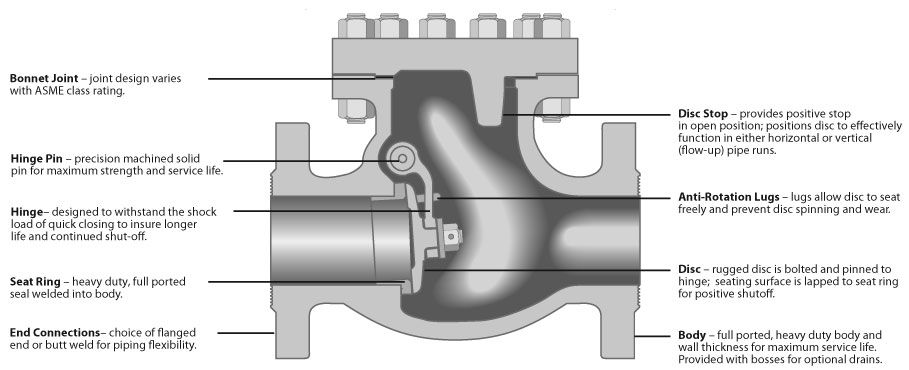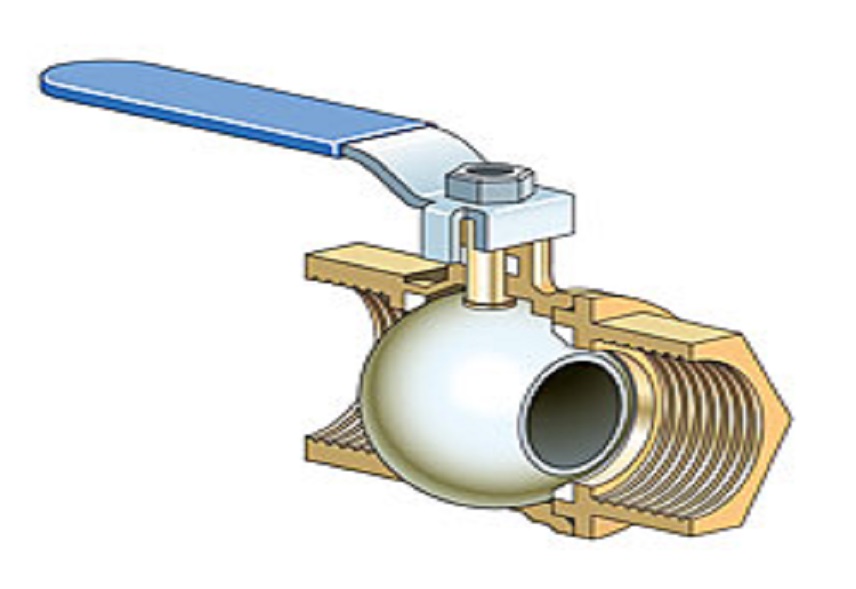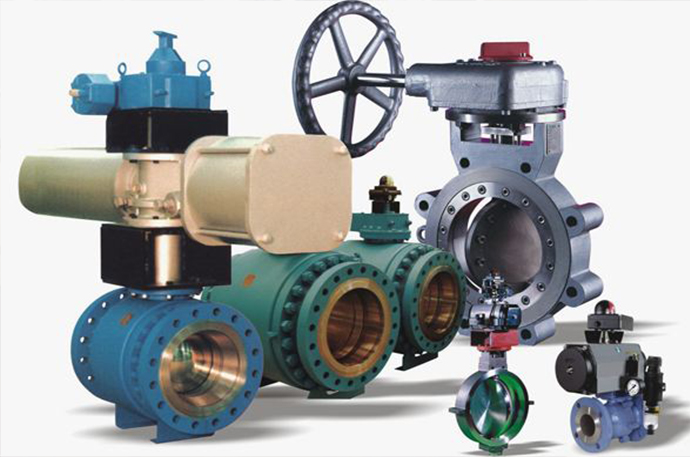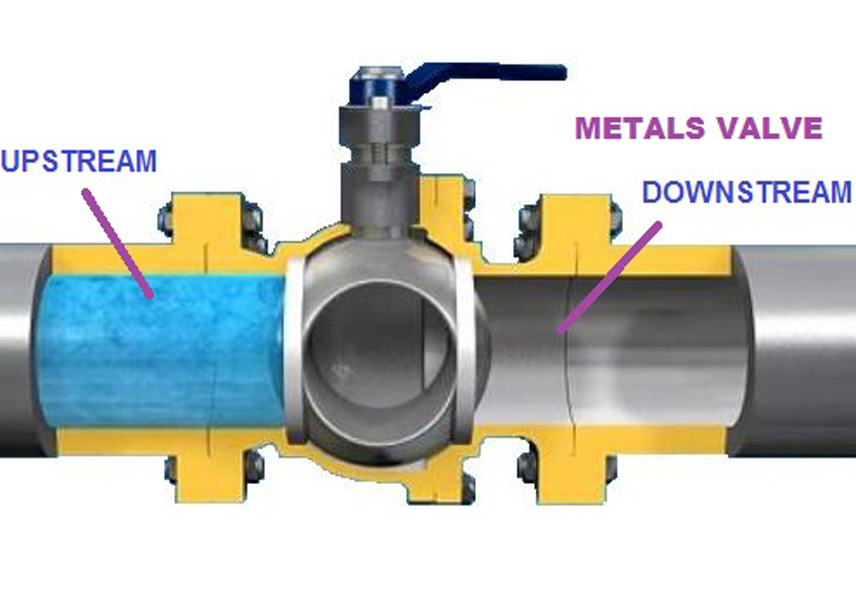In the previous weeks, we have talked about many interesting things of sanitary valves, ball valves and butterfly valves. Today, our focus is the “belated” check valves. Check valves, also known as one-way valves, are used to prevent the pipeline water back in the media. Check valves have two ports, one for fluid to enter and the other for exit. Check valves work automatically and most of them are not controlled by a person or any external control. Accordingly, most check valves do not have any valve handle or stem. Check valves are used in a wide range of applications, both as sanitary check valves and industrial check valves. Here is…
-
-
How to measure whether the valve meets the standard?
The valve is a control component in the fluid delivery system and has functions such as cut-off, regulation, diversion, prevention of backflow, regulation, shunting or overflow relief. Next, let Admant Valves teach you how to identify whether the valve meets the standard. Swith The switch control of the valve is the first to be tested, because it directly affects a series of processes such as production and transportation. If there is a problem with the switch control of the valve, then this valve is considered a failure and cannot be shipped from the factory under normal circumstances. The switching control of the valve is usually tested by means of a…
-
Seven tips to help you better maintain your valves
The valve is a control component in the fluid delivery system. It has functions such as cut-off, regulation, diversion, prevention of backflow, shunting or overflow relief. Valves can be used to control the flow of various types of fluids such as air, water, steam, various corrosive media, mud, oil, liquid metals and radioactive media, and are widely used in our daily life as well as various industries. In order to extend the service life of the valve, we need to do a good job in the storage of the valve. Next, Adamant Valves will tell you how to keep the valve. The purpose of good storage of the valve is…
-
Why is it called “butterfly valve”?
Among all types of valves, there is a particular one with the most beautiful name—the butterfly valve. How did the name come from? In answering this question, we could use analogy. For example, the ball valve looks like a ball, so can we guess that the butterfly valve looks like a butterfly? Well, it seems a little funny, but I have to say: “Bingo, right answer!” The butterfly valve is a regulating valve with simple structure, and it can be used for switching control of a low pressure pipeline medium. The opening and closing member (valve or disc) of the butterfly valve is a disc that rotates around the valve…
-
What are Ball Valves? Working Principle, Advantages and Precautions for Use.
Ball valves are a common type of valve in life and are mainly used for fluid regulation and control. According to the working conditions, ball valves can be equipped with different driving devices to form a variety of different control methods, such as electric ball valves, pneumatic ball valves, hydraulic ball valves, and the like. Working principle: The Ball valve uses a hollow, perforated and pivoting ball to control flow through it. The ball valve drives the valve handle to rotate by a transmission, which in turn drives the ball to rotate about an axis perpendicular to the flow. It is open when the ball’s hole is in line with…




